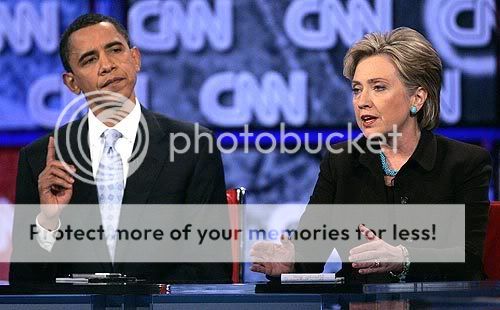

Hamlin missed being president by six weeks, but clearly would have been a better president than Andrew Johnson.Ĭharles Fairbanks, Theodore Roosevelt’s vice president in his full term (1905-1909), was hostile to Roosevelt’s “Square Deal” progressive agenda, as he was a strong conservative. So Lincoln chose to replace him with Andrew Johnson in an attempt to gain Democratic votes for the election of 1864 against General George McClellan, whom Lincoln had dismissed for incompetence in battle. Hannibal Hamlin, Abraham Lincoln’s first vice president (1861-1865), had a good working relationship with Lincoln during their four year term, but did not visit the White House very often, had little influence on Lincoln, and for some unknown reason, did not get along with the First Lady.

Breckinridge went on to run for president when Buchanan decided not to run for reelection in 1860. Rarely did Buchanan consult Breckinridge on patronage appointments. While Breckinridge did some sustained campaigning for Buchanan, the two men were never very close and had very few meetings during the four years of the term. Breckinridge (1857-1861) had strained relations with him, as he had supported incumbent President Franklin Pierce at the Democratic National Convention in 1856, and then switched to support Stephen Douglas.


Senator Henry Clay of Kentucky intervened to stop the Nullification Crisis of 1832-1833 from leading to secession and potential civil war Calhoun resigned from the vice presidency with three months remaining in the term. Jackson was not aware that Calhoun had authored the controversial document, which would lead to a break between Jackson and Calhoun, starting at the Jefferson Day Dinner in 1830 and continuing to 1832. Calhoun switched his support to Andrew Jackson in 1828, serving as his vice president from 1829-1832. Calhoun called this “The Tariff of Abominations.” He wrote the South Carolina Exposition and Protest that year, promoting the concept of nullification and secession. Calhoun (1825-1829) as his vice president, but the two men did not get along, particularly on the issue of the 1828 Tariff. Jefferson was furious with Burr for creating the constitutional crisis, refused to communicate with him during the four years of the term, and dumped him when he ran for reelection in 1804. Alexander Hamilton promoted Jefferson, leading to the fatal duel between Hamilton and Burr in 1804. The two men competed against each other again in 1800, and Adams was so embittered by his defeat that he refused to attend the inauguration on March 4, 1801.Īfter that same election, Jefferson’s running mate Aaron Burr contended that the two men had tied in electoral votes, forcing the decision to the House of Representatives. The two men were once friendly colleagues, and would again become cordial after retirement, but had a very testy, strained relationship in their term of office, as Jefferson opposed the Alien and Sedition Acts of 1798, and joined with James Madison in issuing the defiant Virginia and Kentucky Resolutions in response. To begin with, we have the case of President John Adams and Vice President Thomas Jefferson (1797-1801), with the odd circumstance that Jefferson was Adams’ opponent in the first ever contested presidential election in 1796. For a total of 19 times, there have been difficult relationships between the top two officeholders in American history. So the news that former vice President Mike Pence, belatedly, finally made clear his disagreement with President Trump regarding the issue of the Electoral College vote count on January 6, 2021, brings to mind that while it seemed on the surface that Trump and Pence had a cordial relationship, with Pence being very obsequious and sycophantic with Trump, clearly it was a difficult relationship in private.Īnd it brings to mind how many times a vice president has been either openly or quietly critical of the president they served under, in or out of office. The relationship between presidents and vice presidents has not always been easy or supportive, with the understanding that presidents have great authority, and vice presidents are considered historically as insignificant and powerless. The United States has had 45 presidents of the United States, and 49 vice presidents. Feinman is the author of Assassinations, Threats, and the American Presidency: From Andrew Jackson to Barack Obama (Rowman Littlefield Publishers, 2015).


 0 kommentar(er)
0 kommentar(er)
